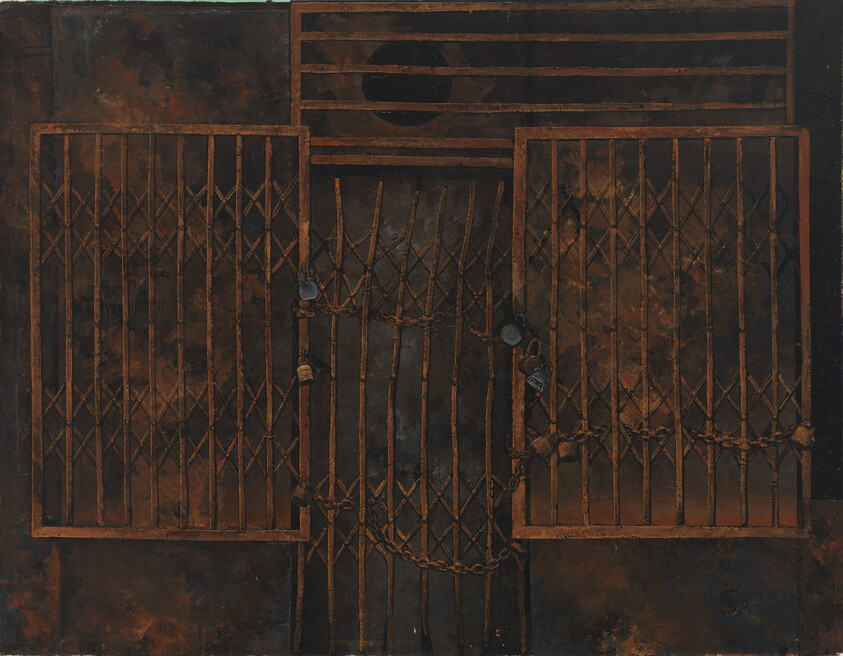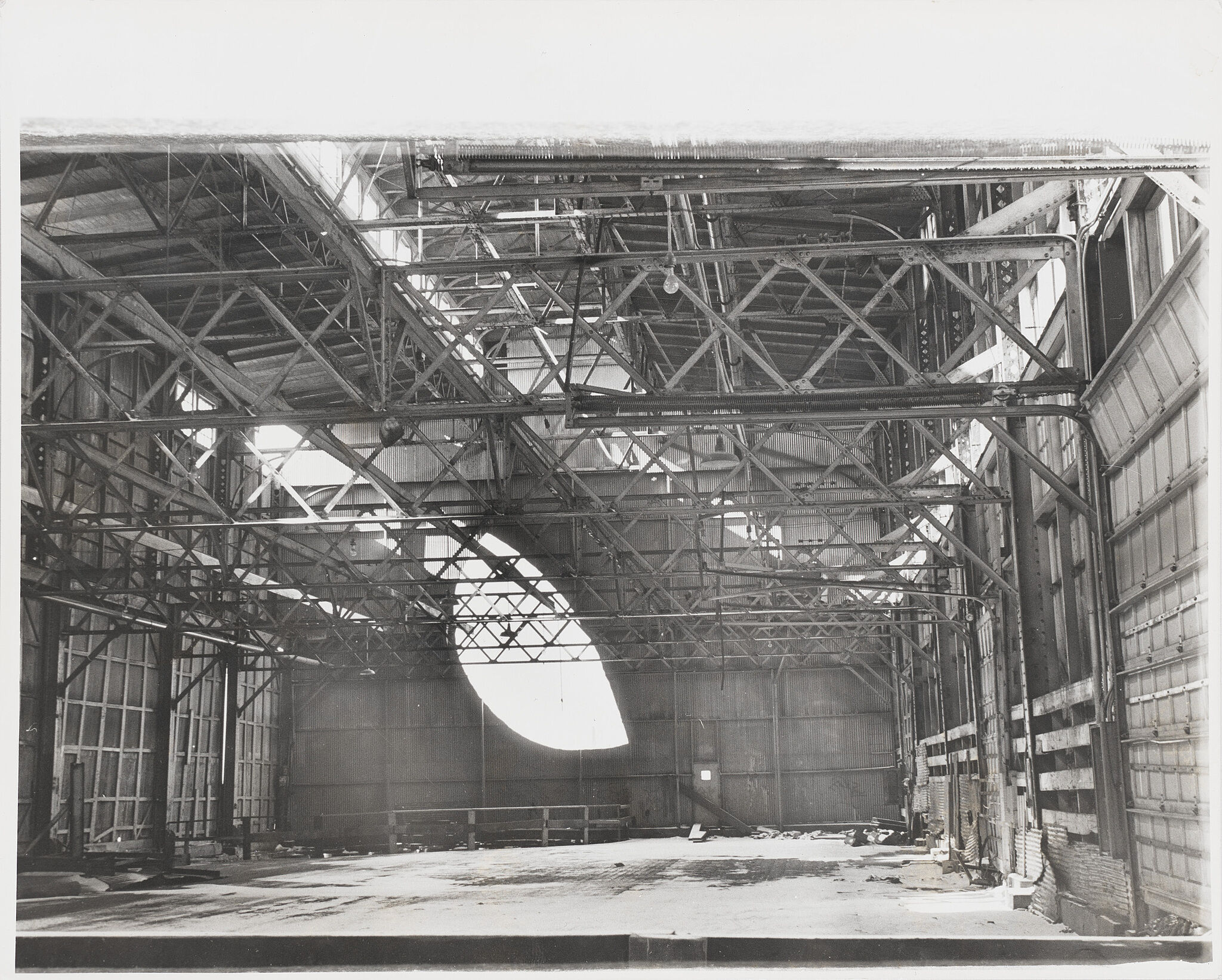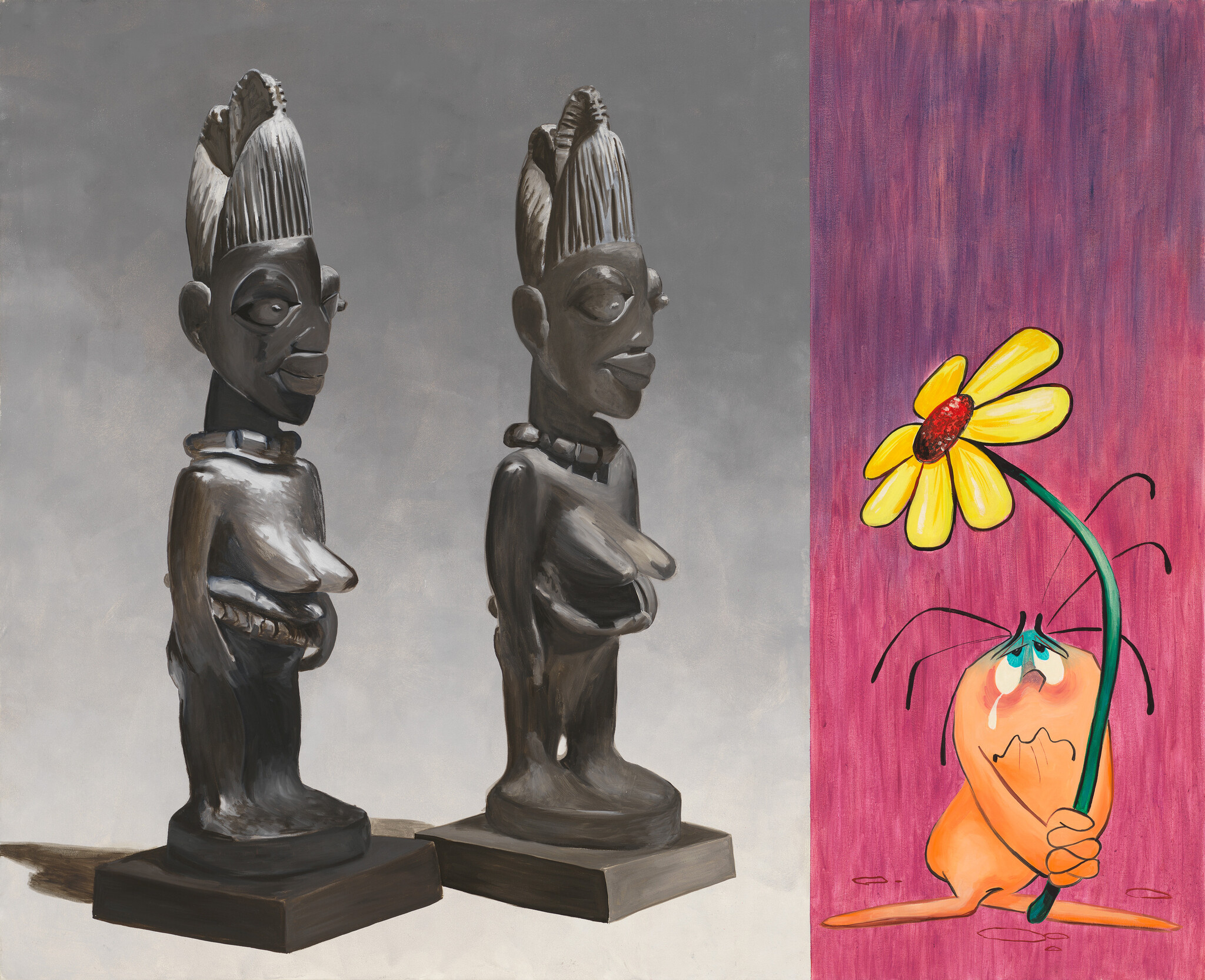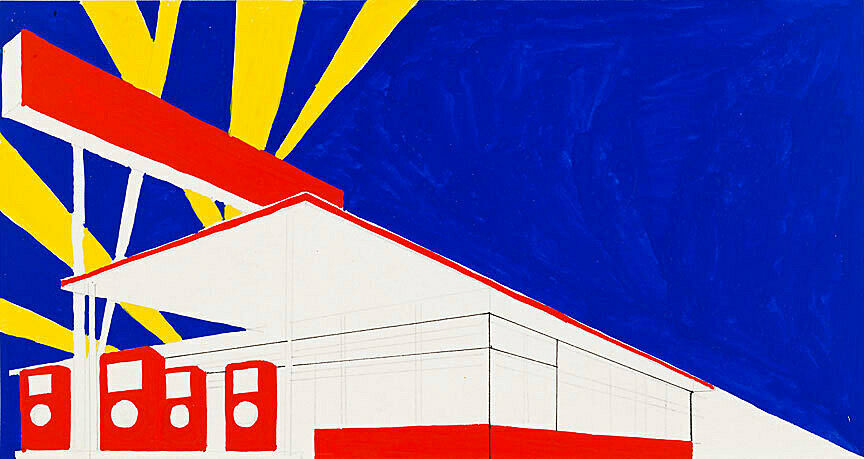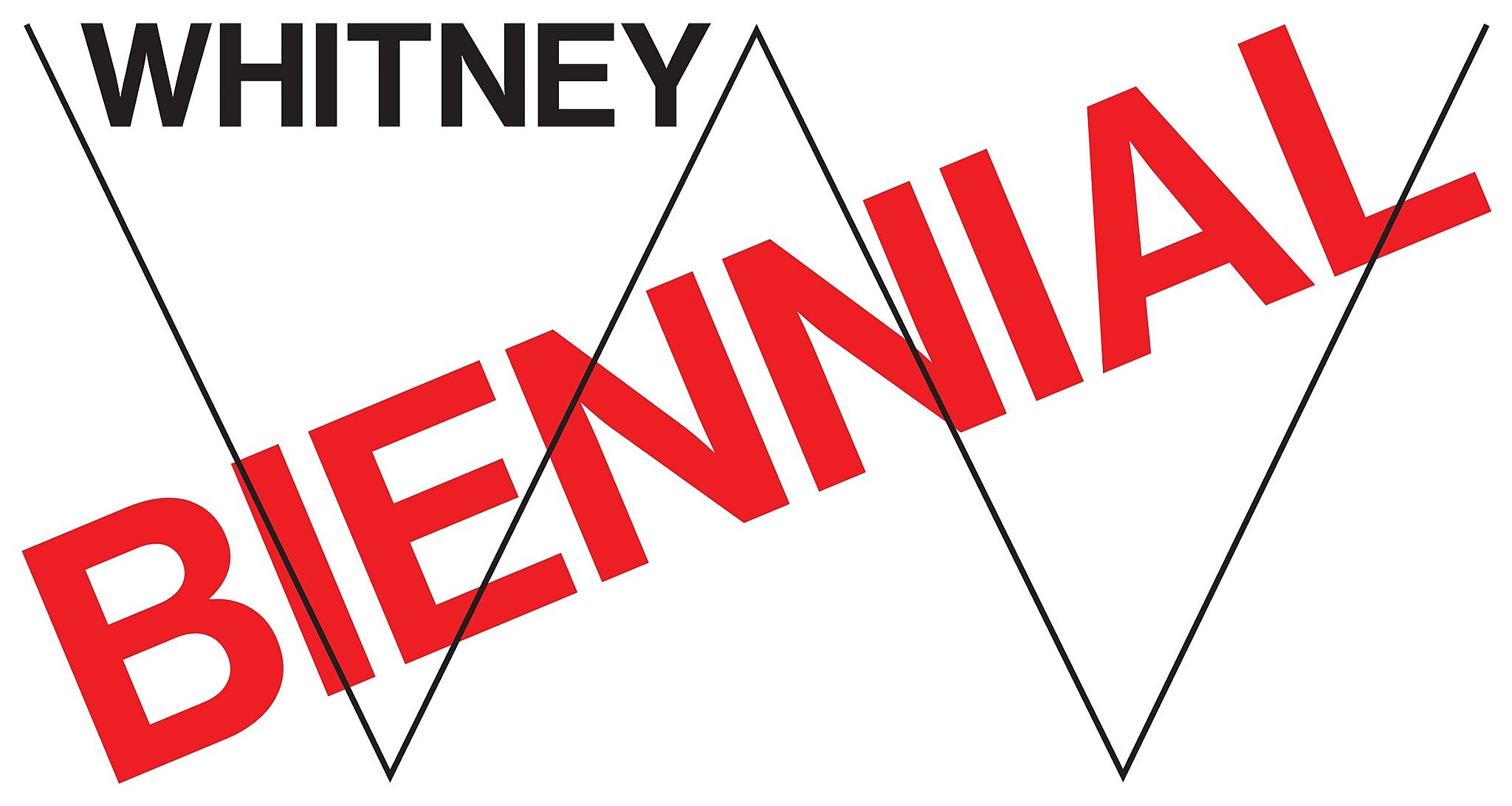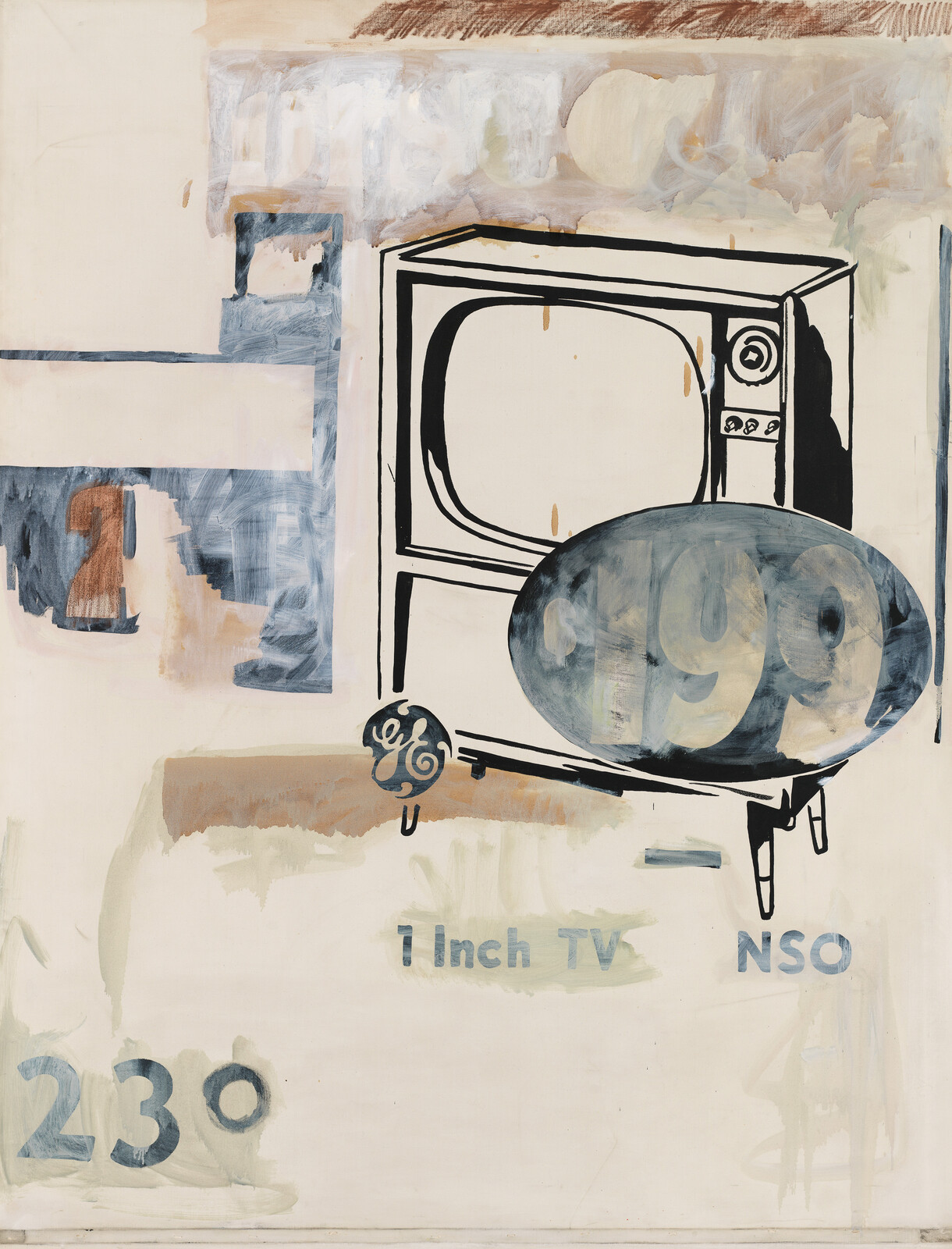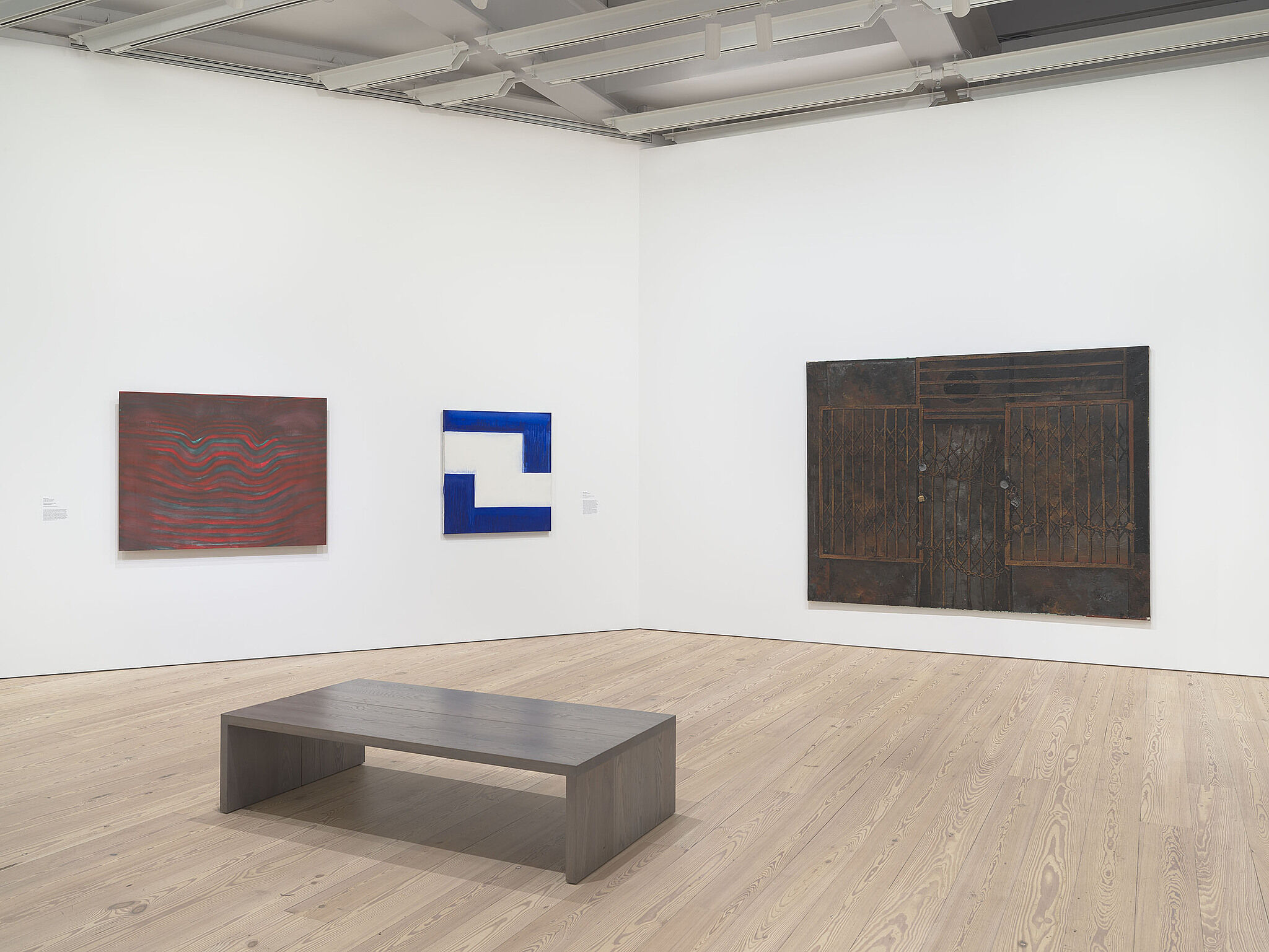Julie Ault: My name is Julie Ault, and we’re here during installation.
My contribution to the Biennial is a kind of a hybrid artistic/curatorial/editorial/archiving project. I don’t produce the objects that you see here. I bring them together and select and combine things that will articulate a set of issues and themes and relationships. So David Wojnarowicz and Martin Wong are the starting points of the installation.
Narrator: Ault has installed two works by these artists, both of whom died in the AIDS crisis. There’s a large painting by Wong showing a locked storefront on the Lower East Side. A Wojnarowicz photograph shows ants crawling on clocks and Mexican coins. Both works come from the Whitney’s collection.
Julie Ault: There’s a sense in both of these of closure and decay.
I wanted to bring together with those works some of the artifacts and traces of everyday life from these artists. Both of these artists are no longer living. So in the case of David Wojnarowicz there’s this wonderful object called Magic Box, which is a box of lots of different items that David saved, and is a private endeavor. He didn’t share it with people, it was something that we understand that he kept under his bed, and within that box there are over eighty items and probably a lot more. But there’s charms, there’s amulets, there’s figures, cartoon figures, small jewels, beads, photographs, notes, all kinds of material, and a lot of it relates to the iconography that Wojnarowicz used in his work.
And of course I am in some way―particularly with making a point of borrowing something like David’s magic box, which was a very personal object, and then putting it in a very public space of the Whitney Biennial―I’m making a point about the effectiveness, say, of highlighting the personal, and the personal process in relation to broadcasting an artist’s work.
Narrator: As you look around, you’ll see other threads running through Ault’s installation, which is intuitively rather than didactically organized. She explores diaries, archives, and other material histories, both public and private.

